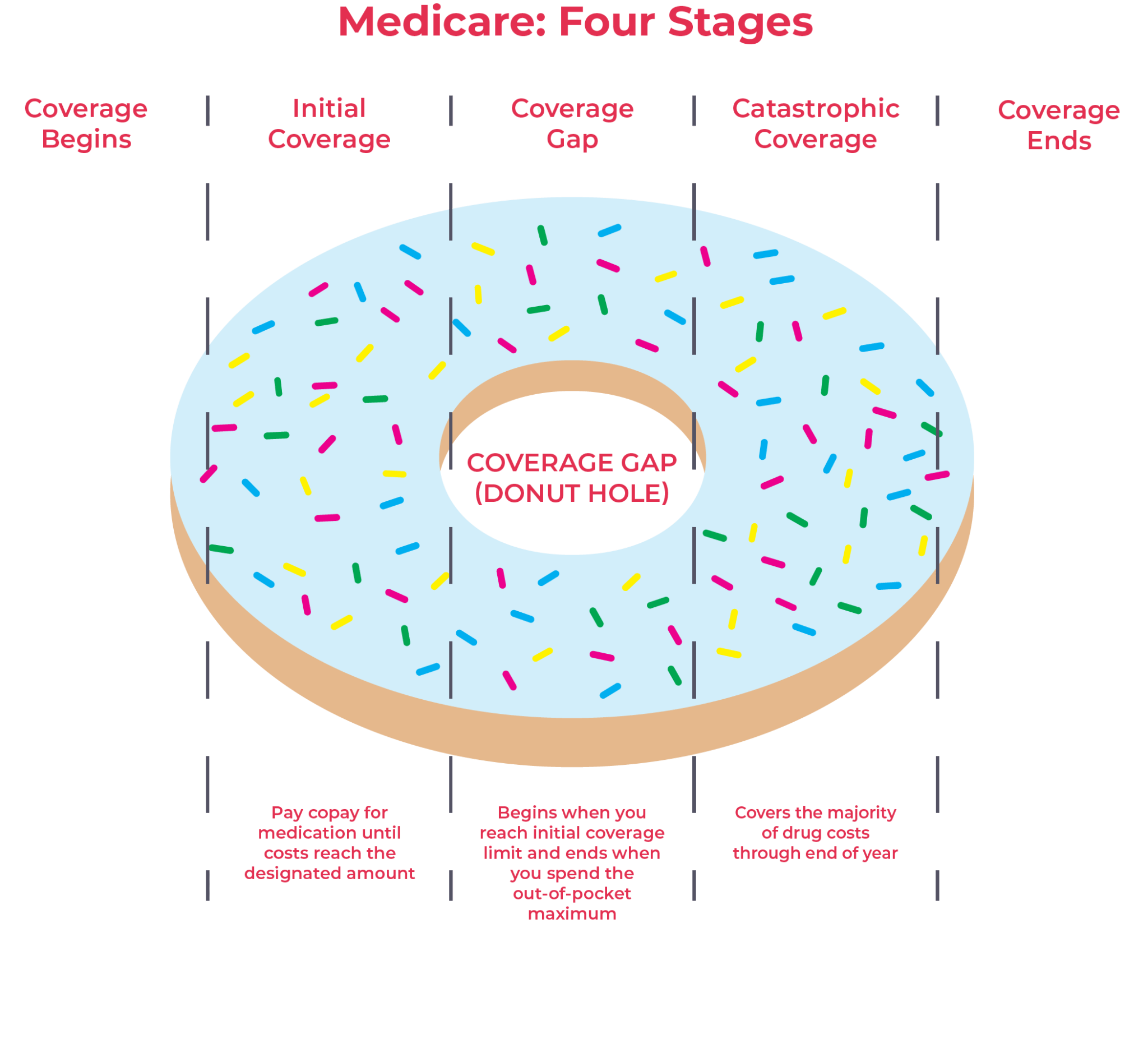
Pharm Report Issue No. 2
A newsletter to update clinic staff on current issues in healthcare
Issue II
Medicare Part D Open Enrollment is Here!
Medicare beneficiaries receive their prescription drug insurance through the Medicare Part D program. Unlike the traditional Medicare Program (Part A for hospital benefits, Part B for clinic benefits), Part D (for drug benefits) is a public-private partnership. Parts A and B are funded and administered by the federal government, provide the same benefits at the same cost for all beneficiaries, and don’t change from year to year. Medicare D is publicly funded and privately administered. There are multiple plans available and not all costs and benefits are the same.
With so many plans available, patients can sign up for a different Part D plan once a year. This period is called open enrollment and goes from October 15 to December 7. During this time, patients can enroll in a plan that will start in January. If a currently enrolled patient does not take action, they will automatically be re-enrolled in their current plan.
Every Part D plan charges patients 3 ways: through premiums (the cost to carry the insurance), copays (the amount paid at the pharmacy register), and deductibles (the amount the patient has to spend each year before the benefits start). These vary widely across plans. Some plans offer $0 copays, but charge a large premium. Other plans have low monthly premiums, but have large deductibles. The only way to compare apples to apples is to look at how much a year’s worth of medications will cost the patient, including all premiums, copays, and deductibles.
The plans can change what they charge their members and which medications they cover each year. A medication that a patient has been stable on for years may not be covered on January 1 of the new year. Patients are encouraged to check with their pharmacy EVERY YEAR to help them find the best plan for them. Pharmacies can help the patient find the best plan for them that takes into account which pharmacy they use and which medications they take.
There are countless stories of patients coming into the pharmacy at the beginning of the year and finding that one or more of their medications is not covered on their Part D plan for the new benefit year. The pharmacy then contacts the patient’s healthcare provider to get a prescription for an alternative therapy. This takes time and can lead to a disruption in care. Sometimes, a patient’s Part D plan cuts a pharmacy out of their network and patients in rural areas are faced with a choice of paying out of pocket for their medications or driving dozens of miles to a “preferred” pharmacy.
Myth
Couples should automatically sign up for the same Medicare Part D because it will be cheaper.
Fact
Unless they each take the same medications as each other, automatically choosing the same Part D plan may lead to higher costs.
Myth
Every Part D plan costs the same.
Fact
Costs to the patient vary widely between plans.
Myth
All Part D plans cover the same medications.
Fact
Each Part D plan has their own formulary, a list of medications they will cover.
Myth
Once a medication is covered by a Part D plan, it will always be covered.
Fact
Formularies change from year to year, so a medication that a patient picks up in December might not be covered by that same insurance in January.
Encourage your Medicare patients to talk to their pharmacy now about Part D. We will help your patients choose a Part D plan that will allow them to continue to receive the therapy you prescribed at the best possible price.
Wisconsinites are fortunate to have access to Seniorcare, a prescription drug plan for patients 65 and older offered by the state of Wisconsin. It is more cost effective than Medicare part D, but benefits are based on income. This is the best option for low-income seniors.
Prescription Tips
- Ozempic, Trulicity, and Wegovy continue to be in short supply, so be prepared for patient and pharmacy calls.
- If a patient is taking multiple strengths of a medication, put that in the directions and use the phrase “total daily dose.” For example, a patient takes fluoxetine 10mg and fluoxetine 20mg. The directions for the 20mg capsule should say “Take 1 capsule by mouth 1 time daily in the morning with 10mg capsule. Total daily dose is 30mg.” The directions for the 10mg prescription should say “Take 1 capsule by mouth 1 time daily in the morning with 20mg capsule. Total daily dose is 30mg.”
- Pharmacy questions? Just call us! If you ever have a pharmacy related question, just call us. We want to work with you to help us provide the best possible care to your patients.
Do you know another provider who would be interested in receiving Forward Pharmacy’s Pharm report? We invite you to share our signup link.